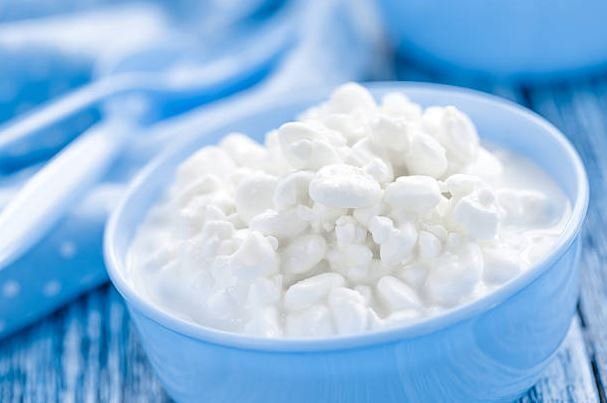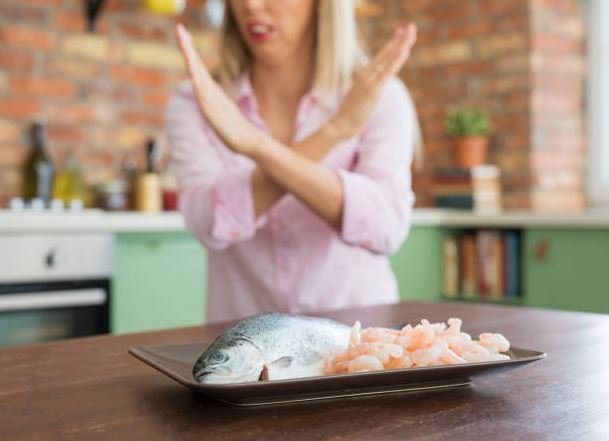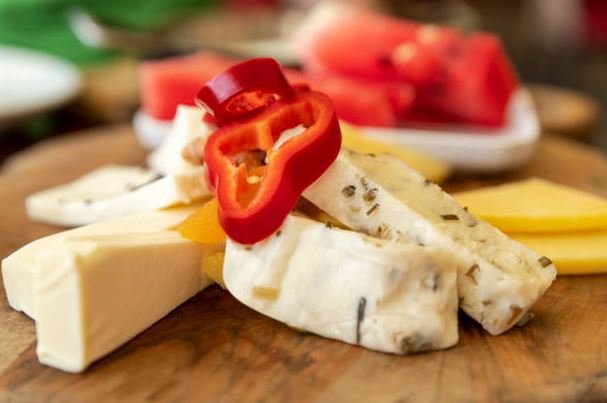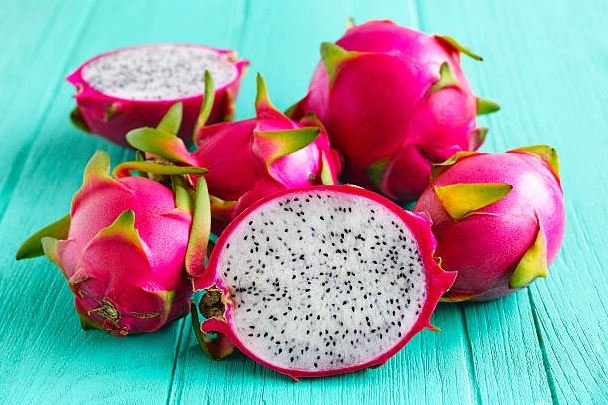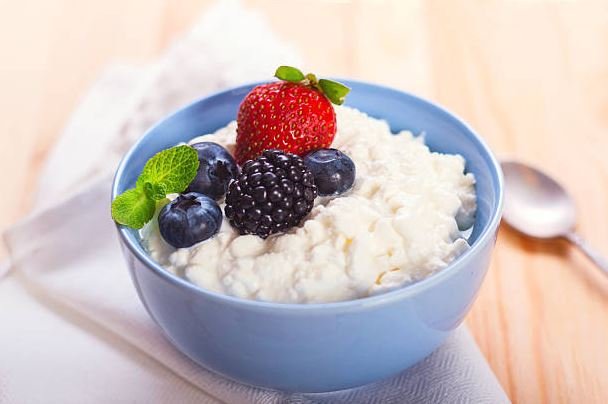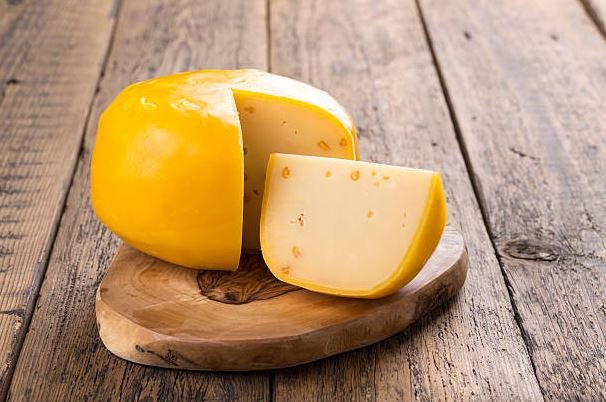Visiting your favorite Japanese restaurant, salmon dishes are one of the most sorted out dishes you may want to order. When the waiter brings your salmon dish, you notice that it has been cooked with the skin. Or perhaps you checked some recipes on how to perfectly cook salmon, and one of their recommendations is to leave the skin on while cooking.
Yes, you can eat cooked salmon skin because it is a rich source of omega-3 fatty acids. Our bodies cañot produce these fatty acids, and we need them for proper heart, brain, skin, and eye health. In salmon, the skin contains the highest concentration of omega-3 in the entire fish.
Cooking with the skin gives your fish a better texture and prevents the albumin (coagulated protein) from leaking out as you cook the salmon. The antioxidant benefits I’m salmon skin may help treat type-2 diabetes, according to the Medical News Today.
What Are The Health Benefits of Eating Salmon Skin?
Salmon skin is healthy, delicious, and nutritious. Salmon is a good source of protein. In addition, it contains some essential vitamins and minerals that the body needs. Some of these nutrients include;
1. Omega-3 fatty acid
The omega-3 fatty acid is a polyunsaturated fatty acid. It has clinical evidence to improve eyesight and healthy skin. It also has benefits in improving brain function and some types of cancers.
Omega-3 supplements have shown evidence of improving signs and symptoms of anxiety, major depressive disorder, and schizophrenia. It helps reduce inflammation and can reduce your triglyceride level and, in turn, reduce your chances of developing heart disease.
2. Vitamin B
Vitamin B is essential for maintaining well-being and overall good health. It has a direct positive effect on our cell metabolism, energy level, and Brain function. It is also important for pregnant women to improve the fetal brain development, reduce birth defects and help during breastfeeding.
The overall B complex vitamins help prevent infection and promote muscle tone, appetite, growth of red blood cells, digestion, cell health, and many more.
3. Vitamin D
While the body produces vitamin D in response to exposure to the sun, certain foods help to boost our vitamin D intake.
Salmon is an excellent source of vitamin D. This vitamin is essential for maintaining healthy bones, reducing inflammation, and improving immune function.
4. Niacin
Also known as nicotinic acid is part of the B complex vitamins (but b3). It helps keep your nerves, digestive system, and skin healthy.
5. Phosphorus
The primary function of phosphorus is for brain and teeth health. It is also vital for how the body uses fats and carbohydrates. It helps protein in developing the body and repairing worn-out tissues and cells.
We also need phosphorus to balance the use of other vitamins and minerals, including vitamin D, magnesium, zinc, and iodine. The body’s genetic building blocks (DNA and RNA) need oxygen for their production.
Common Mistakes To Avoid When Cooking Salmon

Whether you are grilling, roasting, searing, or poaching your salmon at home, avoiding these mistakes will ease your cooking process swimmingly.
1. Taking The Skin Off
The skin of your salmon provides it with a protective layer between the fish flesh and the hot pan or grill. After cooking the skin-side down until it becomes crispy, sliding a spatula becomes easier than sliding directly under its meat.
If you are poaching or slow roaring, you may remove the skin to avoid having a gummy unpleasant texture or leave it on and discard it after cooking. Above all, crispy salmon skin is tasty.
2. Overcooking
The most common mistake when cooking salmon is overcooking the delicate pink fish. Instead of having an elegant dinner, you will end up with inexpensive cat food. Sear the salmon skin-side down on your grill at high heat until it becomes crispy ( Use a non-stick pan to prevent the skin from sticking).
Cook for 90% doneness on the skin side to achieve a translucent pink, and you are good to flip with a flexible spatula. Allow the fish to cook with the residual heat on the pan.
3. Poaching The Salmon in Plain Water
Poaching is an opportunity to add flavor to your salmon. Avoid poaching with plain water. The least you should add is a spike of lemon juice, vinegar, or a half-head of garlic.
If you want to go all out, you can poach your fish in white wine. Poaching with aromatic fragrance helps to elevate the smell in your kitchen instead of the weird salmon smell.
4. Buying Poor Quality Salmon
When buying fish at the fishmonger, carefully consider your options. Ensure you get a rich and fatty salmon for a whole flavor experience. If you are going for cuts like fillets or steaks, ensure all the pieces are evenly cut.
If you could get the center cut, it would be worth the price because it has a uniform thickness and cooks evenly. Ensure your salmon is not having a funny Mercury smell, especially when cooking for the whole family, as there might be children and pregnant women.
5. Picking the Wrong Pan
Salmon skin, just like any other fish, is sticky and a crucial element for additional flavor. It is important to use a pan that allows the skin to stay intact with the fish rather than getting stuck on the pan. A non-stick pan is the best to quickly cook, flip and maintain the texture of your salmon.
6. Not Removing the Bones
Some frozen fish shops Devine their salmon fillets and steaks while others do not. It’s always good to check before cooking. The pin and thin bones at the lateral salmon fillets should be removed with either tweezer or the tip of your knife.
You could also ask the fishmonger to help you remove them. Rest assured, there wouldn’t be any mistakes because he’s a professional.
7. Cooking The Skin Side-up
The best way to cook salmon fillets is with the skin-side down. It will prevent the meat from Browning and getting dry.
A dry salmon doesn’t look appealing on the plate. Always Cook the skin side down first for 7 minutes, then flip to the other side for 2-3 minutes.
8. Microwave Leftovers
Have you ever had someone microwave leftover salmon in the kitchen? Then you should know how smelly it gets and how fast it changes the kitchen’s atmosphere.
Rather than microwaving leftover salmon, you can simply enjoy it in a cold salad or add it to your sandwich, and it will taste great.
9. Only Searing the Salmon
A seared salmon is wonderful. A nearly foolproof method is slow-roasting, and it takes about 30 minutes in a 275 oven after bathing your fish with aromatic herbs and spices.
You may also use a parchment paper for cooking using this technique or broil the salmon slightly for six minutes on the first side and two Minutes on the second.
10. Not knowing when it is cooked
You can check for doneness in three ways. First is to use a fork which is more likely to break the beautiful fillet. You could also gently poke your finger in the middle of the filler to see if it produces flaky pieces. My favorite method is to use a cake tester or use a toothpick.
Slide it into the salmon and touch it on your lower lip. If it feels hot, your salmon is done. A cold or barely warm feeling means your salmon needs a little more cooking time. Always cook your salmon on medium-rare or medium heat for a tender and satisfying, not a sad and dry fish.
11. Crispy Fried Salmon Skin Recipe
Since the skin of salmon is usually ignored and most times discarded, this recipe is a great way to turn it into a snack. Frying the skin will result in a tasty treat, just like salmon bacon or salmon rings. This recipe is suitable for any type of salmon. It gives it a unique Asian flair, but you can season it as you wish. Use your oil of choice and season the way you like post-frying.
The best way to serve salmon skin crisps is right after frying. It could serve as an appetizer to the main salmon dinner or as a snack while binge-watching your favorite Netflix movie. You could also use it as a crunchy topping for a Chinese-inspired salad or alongside a salmon tartare.

Easy Teriyaki Salmon
Equipment
- Baking sheet
- Mixing bowl
- Whisk
- Shallow Dish or Resealable Plastic Bag
- Small saucepan
- Spatula or Basting Brush
- Serving Plate
Ingredients
- 4 salmon fillets (skin-on or skinless)
- 1/2 cup soy sauce (low-sodium if preferred)
- 1/4 cup mirin (Japanese sweet rice wine)
- 2 tablespoons honey or brown sugar
- 2 tablespoons rice vinegar
- 2 cloves garlic, minced
- 1 teaspoon grated ginger
- 1 tablespoon cornstarch (optional, for thickening the sauce)
- 2 tablespoons water (optional, for thinning the sauce)
- Sesame seeds (for garnish, optional)
- Sliced green onions (for garnish, optional)
Instructions
- In a bowl, combine the soy sauce, mirin, honey (or brown sugar), rice vinegar, minced garlic, and grated ginger. Whisk the ingredients together until well combined.
- Place the salmon fillets in a shallow dish or a resealable plastic bag. Pour the teriyaki marinade over the salmon, ensuring it covers the fillets completely. Allow the salmon to marinate in the refrigerator for at least 30 minutes. For enhanced flavor, you can marinate it for up to 4 hours.
- Preheat your oven to 400°F (200°C). Line a baking sheet with parchment paper or lightly grease it to prevent sticking.
- Remove the salmon from the marinade, reserving the excess marinade for later use. Place the salmon fillets on the prepared baking sheet. Bake for approximately 10-15 minutes, or until the salmon is cooked through and flakes easily with a fork. Cooking time may vary depending on the thickness of the fillets.
- While the salmon is baking, pour the reserved marinade into a small saucepan. Bring the mixture to a boil over medium heat, then reduce the heat to low. In a separate bowl, mix the cornstarch with water to create a slurry, and slowly add it to the saucepan, stirring constantly until the sauce thickens slightly. Remove from heat.
- Once the salmon is cooked, brush the teriyaki glaze generously over each fillet. You can reserve some glaze for drizzling over the salmon when serving.
- Transfer the teriyaki salmon to a serving plate or individual plates. Sprinkle sesame seeds and sliced green onions on top for added visual appeal and flavor. Pair it with steamed rice and your choice of vegetables for a complete meal.
Video
Conclusion
Salmon skin contains omega-3, which can reduce triglyceride levels and decrease your chance of developing heart disease. It is also beneficial to your skin, eye, and brain. You can eat salmon skin together with the fish or separately as a snack or an appetizer to the main salmon dish.
However, it is vital to ensure your salmon is of good quality and has not been affected by pollutants like PCBs and Mercury. These chemicals are common pollutants that affect fish (salmon included) and are detrimental to the nervous, endocrine, and immune system. Always buy your salmon fresh from the fishmonger or a reputable fish seller. This way, you are sure the fish is safe and was rated under a clean and pollution-free environment.




